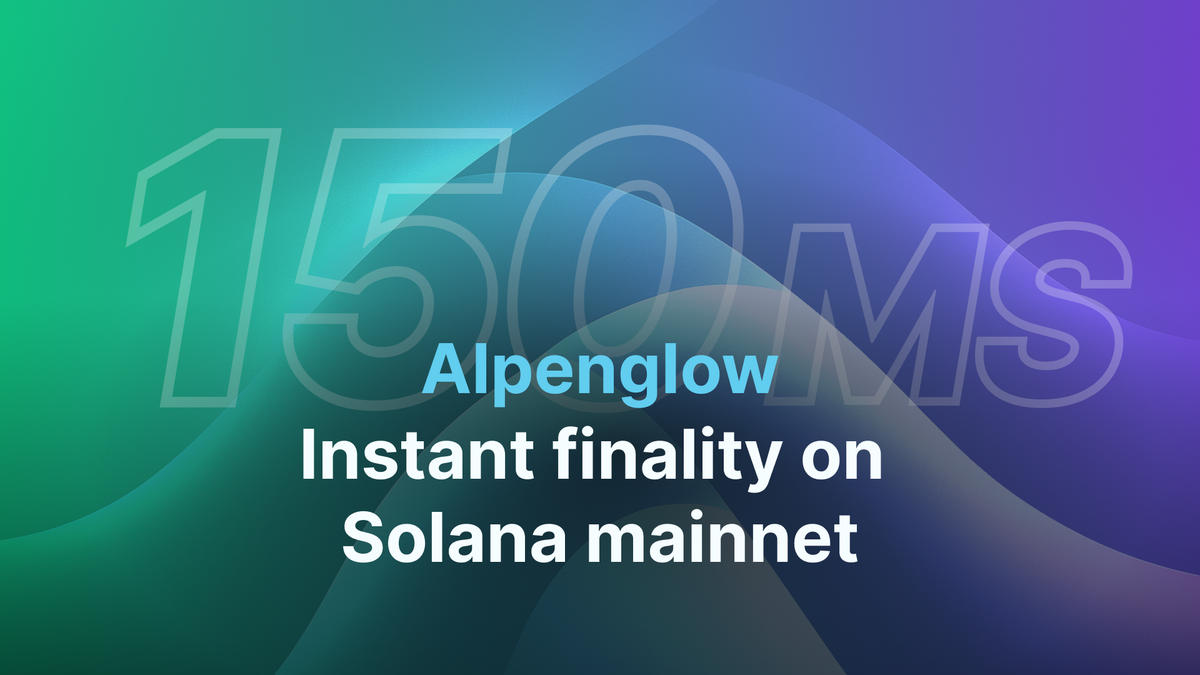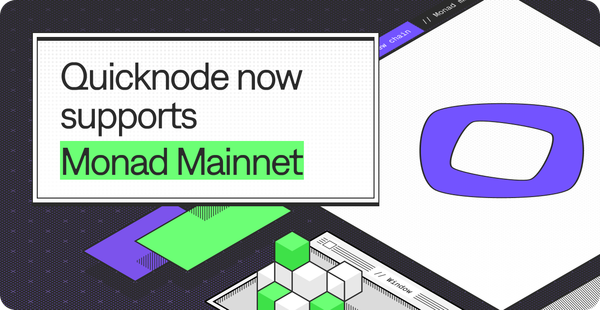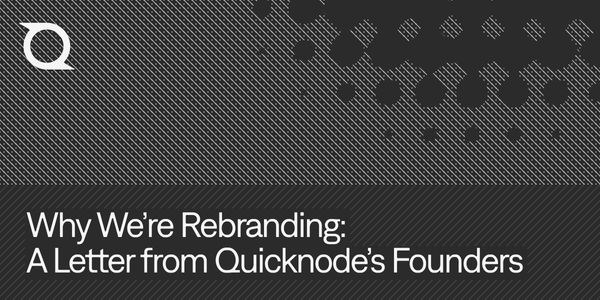Alpenglow: 150ms transaction finality on Solana
Solana is upgrading to 100x faster and deterministic transaction finality. Learn how Alpenglow unlocks speed and certainty for Solana.

Solana is well known as a high-performance blockchain. Its early speed arose from innovations in the Solana whitepaper, including Proof of History (PoH) and Tower BFT.
But while users typically see 2-3 second confirmations through optimistic developer settings, real finality - when transactions become irreversible - took around 13 seconds. Thousands of validator votes also strained resources, hiked costs, and added delays.
Solana's drastic solution: ditch the core. Alpenglow scraps PoH and Tower BFT from consensus, adopting a new system for 100-150 ms finality. This marks Solana's commitment to growth, even at the cost of its signature traits.
This post examines Alpenglow's updates, importance, and how it refines Solana's technical core.
Why Alpenglow is Needed in the First Place
To understand why Alpenglow matters, we need to first understand how Solana’s original design worked and where it started to break down.
Solana's consensus bottleneck
Solana's architecture was built around Proof of History (PoH), which uses verifiable delay functions to allow nodes to synchronize their clocks without talking to each other, and thereby agree on an order of transactions. Tower BFT complemented this by allowing validators to vote on blocks and lock in their choices over time, preventing them from reversing decisions without significant penalties.
But there was a tradeoff: while users saw instant confirmations, the network didn’t reach finality until it collected enough validator votes over several seconds.
These votes had to travel across the network, be processed, and eventually converge on consensus. This setup led to several issues:
- Thousands of validator votes per second overwhelmed bandwidth
- Redundant votes and transaction retries added compute overhead
- Latency became unpredictable, especially during congestion
- Finality lagged behind user perception, forcing developers to choose lower finality levels for user experiences matching traditional finance, at the cost of potentially not having transactions reach full finality
These problems were significant blockers for developers building apps that rely on fast, irreversible execution, such as games, financial apps, and real-time protocols. With established companies, banks, and other institutions from Web2 looking at Solana to build services and products, this consensus concern presented a critical issue.
Why a redesign was inevitable
These issues weren't a matter of fine-tuning parameters; they were architectural flaws.
Tower BFT requires 32 layers of voting to achieve finality. Each layer doubles the commitment time, creating the 12.8-second delay.
Meanwhile, Proof of History generates a continuous cryptographic clock that validators must verify, adding computational overhead to every operation.
Fixing these issues requires a deeper shift: rethinking how the network reaches consensus. That’s where Alpenglow comes in.
Alpenglow: A New Consensus for a Modern Solana
Alpenglow discards everything that makes Solana unique and replaces it with something radically simpler: deterministic finality in 100-150 milliseconds.
Here's the core of the upgrade:
- Instead of layering votes over 32 rounds like Tower BFT, Alpenglow finalizes blocks in just one or two voting rounds.
- Instead of maintaining a cryptographic clock like Proof of History, it uses fixed 400ms block times with direct validator communication.
The name "Alpenglow" comes from the German word "Alpenglühen," which refers to the striking light that appears on mountain peaks at sunrise and sunset. It's fitting because this upgrade represents both an ending and a beginning for Solana's technical identity.
Votor and Rotor: Two core components of Alpenglow
Votor handles the voting mechanism:
- When 80% of validators are online and responsive, blocks finalize in a single round, roughly 100ms.
- When only 60% participate initially, a second voting round kicks in, achieving finality around 150ms - that’s less than the blink of an eye.
- Both paths run simultaneously, with the network taking whichever path reaches consensus first.
Rotor manages data distribution across the network:
- Instead of Solana's current multi-layered Turbine protocol, Rotor uses direct validator-to-validator communication.
- Think of it as replacing a complex telephone tree with direct phone calls: faster, simpler, and more reliable.
What Alpenglow Unlocks for Solana
Alpenglow removes the asterisk from Solana’s value proposition. Instead of the fastest blockchain* (*with optimistic confirmations), Solana becomes 'fastest deterministic blockchain, period.'
This isn’t just a semantic change; it’s a platform-level unlock for what developers and enterprises can build on Solana.
Build enterprise applications on Solana reliably
For traditional companies entering web3, infrastructure trust is non-negotiable.
- Supply chain tracking can be updated in real-time across global networks.
- Identity verification systems can provide instant, cryptographically-verified responses.
- Corporate treasury operations can move funds with immediate finality.
Rollups and modular architectures can thrive
Alpenglow strengthens Solana’s support for SVM rollups. With fast base-layer finality and simplified networking via Rotor:
- Rollups can post proofs and state transitions faster.
- Developers can treat Solana as a reliable data and security layer.
- The SVM ecosystem becomes more composable and scalable.
Solana is natively ready for real-time financial infrastructure
- High-frequency trading algorithms can execute strategies with blockchain settlement speeds matching centralized exchanges.
- Market makers can update prices in real-time without worrying about 12-second finality windows.
- Corporate payment rails can settle transactions faster with blockchain transparency and programmability, exceeding the best available in traditional finance.
- Lending protocols can instantly liquidate positions without state changes during execution.
- Automated market makers can rebalance in real-time without settlement lag.
The composability advantage multiplies
When every transaction settles instantly, complex multi-step operations become seamless. Flash loans, arbitrage strategies, and cross-protocol interactions can execute without latency penalties, making sophisticated DeFi strategies practical for all users.
For the first time, blockchain can deliver programmable money that moves at internet speed, without compromises.
Tradeoffs, Costs, And Risks Of Alpenglow
No upgrade ever comes without tradeoffs. Re-architecting a live blockchain involves both technical and philosophical costs:
- Alpenglow lowers network fault tolerance from 33% to 20%, prioritizing liveness over absolute security.
- Geographic centralization may become economically rational due to tight consensus loops.
- Single-client dependency amplifies systemic risk until Firedancer reaches production readiness.
- Implementation risks require coordination across validators, ecosystem providers, and successful governance approval.
- Philosophical tensions around abandoning legacy consensus designs and potentially compromising decentralization purity.
Yet, these trade-offs may be necessary for Solana's evolution, trading theoretical purity for practical utility and enterprise readiness.
Alpenglow Is Just the Beginning: What Comes Next
Alpenglow is foundational, enabling further reliability and enhancements for Solana, from multiple concurrent leaders (MCL) and parallel processing to enhanced validator diversity and ZK compression.
The broader trajectory: Solana positioning itself as the high-performance blockchain enterprises and developers can trust.
As Solana's Alpenglow upgrade progresses, developers can anticipate a structured rollout beginning with testnet deployment in Q3 2025, allowing for initial validator testing and refinements. Following successful testing, a formal SIMD proposal and community governance vote are expected in Q4 2025 to ensure network-wide consensus. Mainnet activation is targeted for late Q4 2025 or early Q1 2026, potentially aligning with key ecosystem events like the Breakpoint conference, though timelines may adjust based on security audits and performance metrics. QuickNode is committed to supporting this transition for seamless integration.
About QuickNode
QuickNode provides the tools and resources builders need to create incredible products. With a globally balanced infrastructure, guaranteed reliability, a user-friendly interface, and end-to-end customer support, QuickNode allows enterprises to realize their ideas on the chain rapidly.





